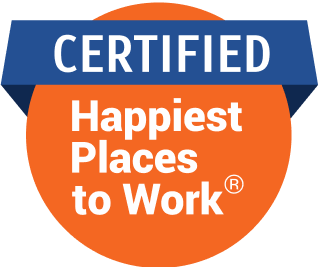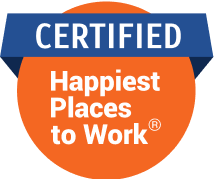Immidisetti’s work extended beyond cost reduction; it also played a crucial role in shaping cloud infrastructure strategies within his organization.

Venkata Raman Immidisetti
In an era where cloud infrastructure forms the backbone of modern enterprises, optimizing costs without compromising performance remains a significant challenge. Venkata Raman Immidisetti, an expert in cloud storage optimization and cost efficiency, has been at the forefront of tackling this challenge. Through meticulous research, strategic implementation, and a deep understanding of cloud architecture, he has successfully driven millions of dollars in cost savings while ensuring seamless performance and security.
ADVERTISEMENT
Immidisetti played a key role in optimizing costs for NetApp Cloud Volumes ONTAP (CVO) instances in Azure, helping to improve efficiency while maintaining performance. By identifying inefficiencies in storage and network configurations, he led an initiative that resulted in $1.2 million in annual savings and $3.6 million over three years for two business units. His strategic approach involved tiering less frequently accessed data to a lower-cost storage tier and transitioning from private endpoints to service endpoints to eliminate unnecessary ingress and egress costs. This initiative earned him company-wide recognition and a double promotion from Senior Engineer to Infrastructure Architect.
Immidisetti’s work extended beyond cost reduction; it also played a crucial role in shaping cloud infrastructure strategies within his organization. His expertise in cloud-native storage architectures allowed him to introduce innovative cost-saving measures while maintaining high performance and security. One of his key contributions was consolidating an entire disaster recovery data center, a complex initiative that involved migrating extensive compute, storage, and backup infrastructure to more efficient, cloud-aligned models. This required deep research, meticulous planning, and collaboration across multiple teams to execute without disrupting production environments.
One of the most significant challenges Immidisetti faced in his cost optimization initiatives was mitigating high premium storage costs. Migrating on-premises NetApp data to premium Azure storage resulted in substantial expenses, prompting him to devise a tiering strategy that efficiently managed frequently and infrequently accessed data. The migration process was particularly complex as it required careful analysis of access patterns, determining the best tiering policies, and executing migrations manually while ensuring data integrity and availability. Given the lack of automation tools for certain aspects of migration, he developed structured workflows and leveraged scripts to streamline the effort.
Another major challenge was optimizing network configurations. Private endpoints, while secure, led to excessive ingress and egress costs. Transitioning to service endpoints required careful reconfiguration of network settings, ensuring security compliance, and coordinating with multiple teams to prevent disruptions. Through data-driven justifications, performance benchmarks, and risk mitigation strategies, he successfully secured leadership buy-in and executed these changes with minimal impact on business operations.
Beyond individual projects, Immidisetti’s work reflects a broader industry trend towards automated, policy-driven cost optimization. As enterprises generate and store increasing volumes of data, AI and machine learning-driven solutions will play a crucial role in managing data lifecycle and usage trends to keep cloud spending under control. He also emphasizes the growing importance of FinOps, the practice of aligning financial accountability with cloud usage, and advises organizations to treat cost optimization as an ongoing architectural discipline rather than a one-time exercise.
Looking ahead, Immidisetti sees a future where cloud engineers and architects will need to blend technical expertise with financial acumen to drive sustainable cloud infrastructure strategies. His key advice to professionals in the field is to continuously monitor usage trends, engage stakeholders early in the process, and build scalable governance frameworks that not only optimize costs but also position infrastructure teams as strategic partners to business operations. His meticulous approach to cloud cost management and large-scale infrastructure transformation continues to set new standards for efficiency and innovation in the field.
 Subscribe today by clicking the link and stay updated with the latest news!" Click here!
Subscribe today by clicking the link and stay updated with the latest news!" Click here!












